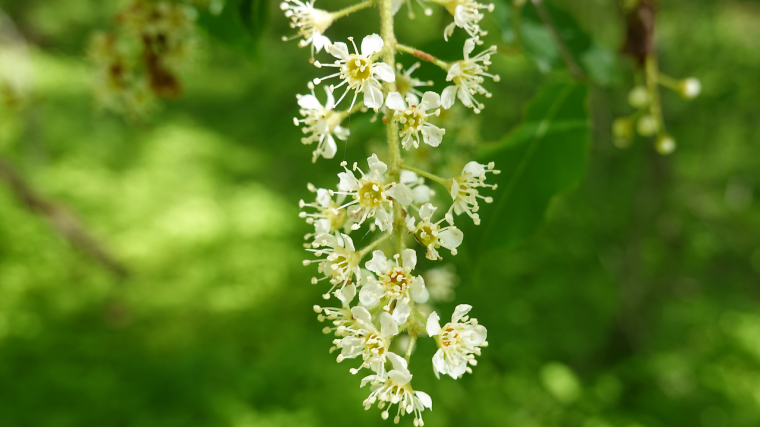
In a nutshell
Herbarium specimens are a wealth of information waiting to be tapped. However, integrating these data with contemporary data collected on the ground through programs such as Nature’s Notebook, necessitates standardized terminology, definitions, and principles. The Plant Phenology Ontology (PPO) is an effort to develop guidelines to integrate plant phenology datasets from around the globe.
In this paper, the authors describe the PPO’s new framework for integrating herbarium and observed phenology data. They demonstrate the use of this framework by combining herbarium data and observations from Nature’s Notebook to show that in North America, flowering time for black cherry (Prunus serotina) has been steadily accelerating since 1873.
What is special about this study?
Many data collection networks, such as the USA National Phenology Network, are only decades old, while herbarium records can encompass a century or longer. In this study, the authors were able to locate black cherry flowering observations collected through programs like Nature’s Notebook dating back to 2007. Herbarium records for this species dated back to 1875. While translating herbarium records is labor-intensive, citizen science initiatives and developments in automated computer image recognition techniques offer assistance with this issue.
What does this mean for YOU?
Historical information provides a useful baseline to understand changes in plant phenology. Integrating herbarium data from the past century with contemporary observed and even photographic data can dramatically strengthen the capacity of scientists to forecast these changes.
Citation: Brenskelle, L., B.J. Stucky, J. Deck, R. Walls, R.P. Guralnick. 2019. Integrating herbarium specimen observations into global phenology data systems. Applications in Plant Sciences. 2019: 7 (3). doi.org/10.1002/aps3.1231.Integrating herbarium specimens with observed phenology data